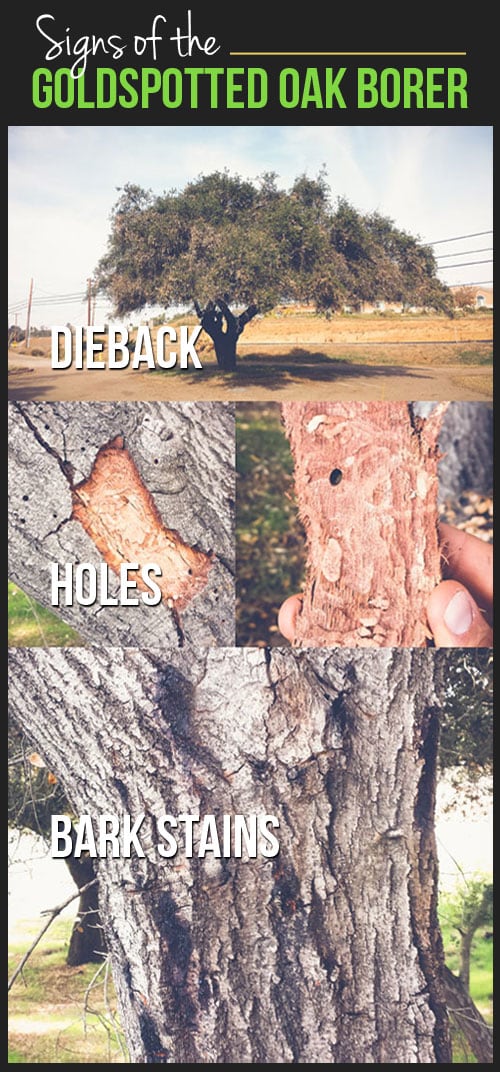Post-Tree Elimination Upkeep Is Crucial For Restoring Your Landscape; Discover Vital Steps To Rejuvenate Your Area And Prevent Prospective Troubles
Post-Tree Elimination Upkeep Is Crucial For Restoring Your Landscape; Discover Vital Steps To Rejuvenate Your Area And Prevent Prospective Troubles
Blog Article
Web Content By-Berman Als
After a tree's elimination, your landscape might look fairly different, and it's important to evaluate the after-effects carefully. You'll want to examine the dirt disruption and examine surrounding plants for any type of indications of tension. Disregarding these aspects can cause larger troubles down the line. So, what should you finish with those stumps and roots? And exactly how do you choose the most effective plants for your revitalized area? Allow's discover these essential actions.
Evaluating the After-effects: Reviewing Your Landscape
After a tree elimination, it's crucial to examine your landscape to understand the influence it has on your backyard.
Start by checking out the location where the tree stood. Try to find indicators of soil disruption, and check the surrounding plants for any anxiety or damages.
You should additionally keep in mind of just how the elimination has changed sunlight exposure and air flow in your garden. This shift can affect the growth of nearby plants, so it's important to evaluate their wellness.
Think about the aesthetic aspects also; the elimination might create an open space that you can redesign.
Lastly, think about Removing Tree Roots Without Killing The Tree of possible erosion concerns that could arise from the tree's lack. Resolving these elements early will assist bring back equilibrium to your landscape.
Taking care of Stumps and Origins: Choices for Elimination
Once you've assessed the consequences of the tree removal, you'll likely need to take on the stump and roots left.
You have a few choices for removal. One reliable technique is stump grinding, where an expert utilizes a device to grind the stump down to below ground degree. This approach leaves marginal disruption to your landscape.
If you prefer a do it yourself method, you can make use of a combination of digging and chemical stump removers. Just keep in mind, this procedure can require time and effort.
Alternatively, consider leaving the stump as an all-natural attribute, which can function as an one-of-a-kind garden component or habitat for wildlife.
Whatever you choose, dealing with the stump and roots is crucial for restoring your landscape.
Selecting the Right Plant Kingdoms for Your New Room
As you analyze your recently gotten rid of space, choosing the right plants can substantially boost your landscape's beauty and performance.
Start by taking into consideration the sunlight and soil conditions. For sunny locations, choose drought-resistant plants like lavender or succulents. In shaded spots, brushes and hostas grow well.
Consider the dimension and growth behaviors of your plants; mix perennials and annuals for seasonal selection. Do not forget to incorporate indigenous types; they call for less maintenance and assistance regional wildlife.
Team plants in strange numbers for a more all-natural look and develop layers for visual deepness.
Finally, ensure you have a mix of colors and appearances to keep your landscape vibrant throughout the seasons.
Happy growing!
Verdict
In conclusion, recovering your landscape after tree removal is a satisfying process. By analyzing Best Way To Trim Palm Trees , dealing with stumps and roots, and selecting the right plants, you'll create a growing setting. Do not fail to remember to integrate disintegration control steps to protect your soil. With a little effort and care, you can transform your area right into a vibrant yard that improves your residential property. Accept the opportunity to revitalize your landscape and enjoy the appeal of nature right in your yard!
